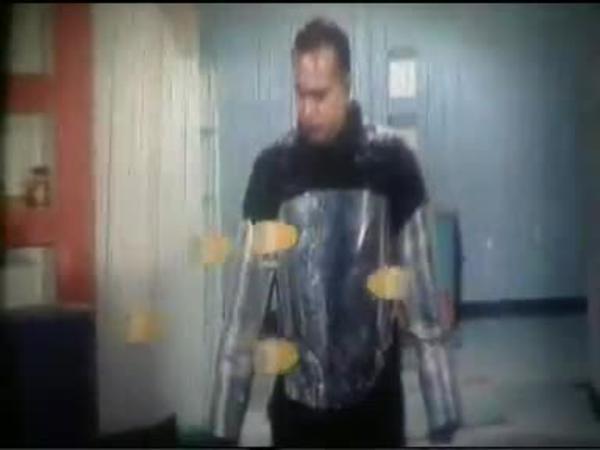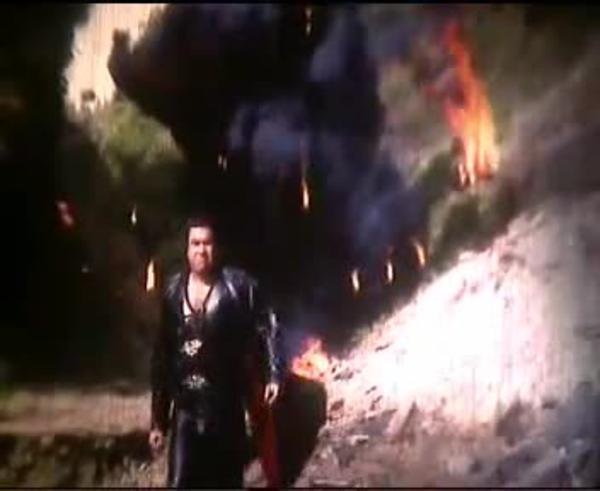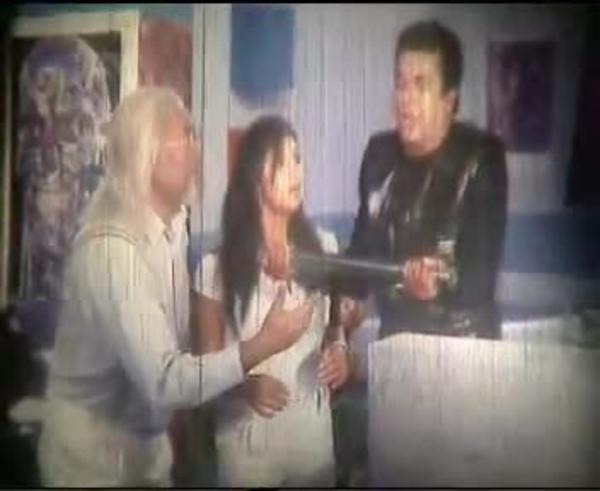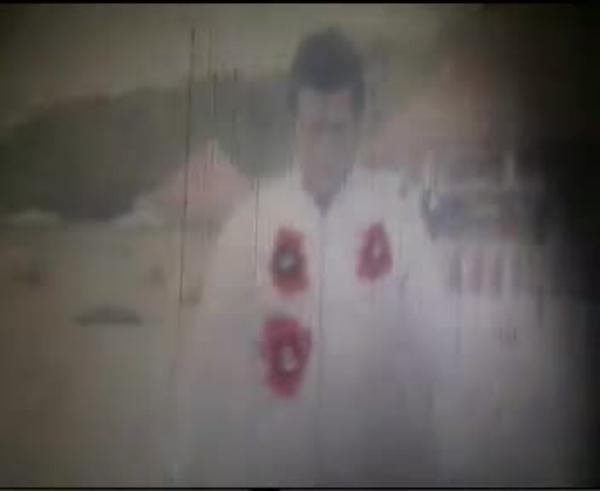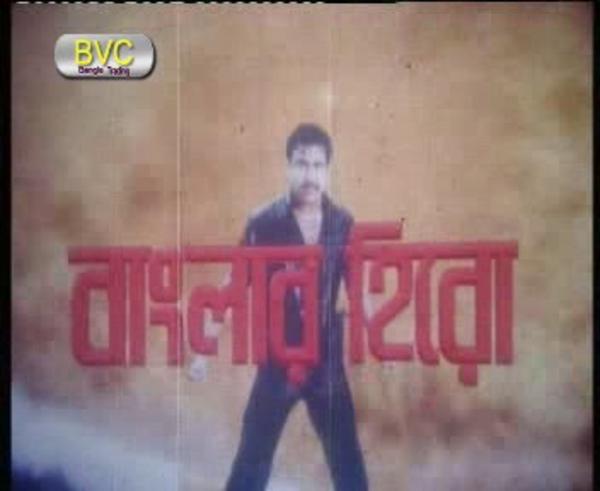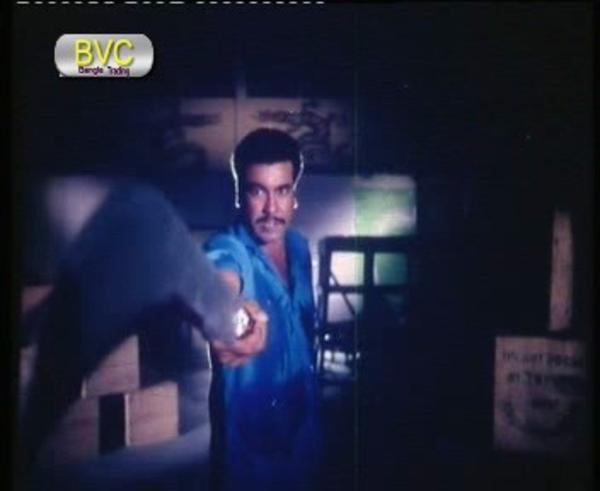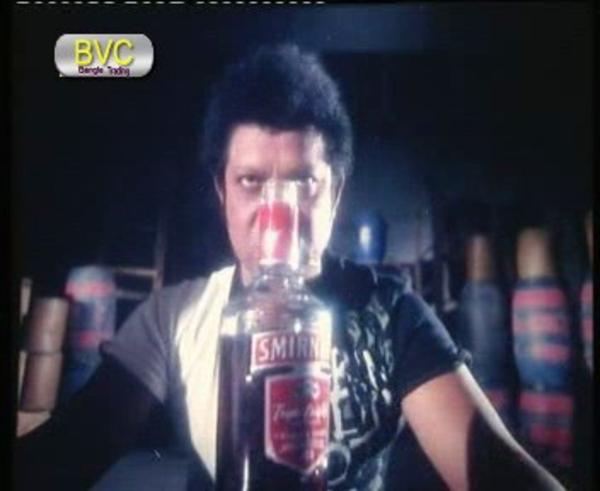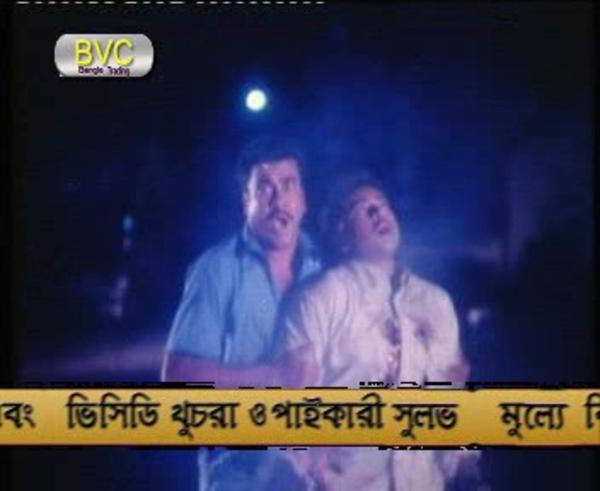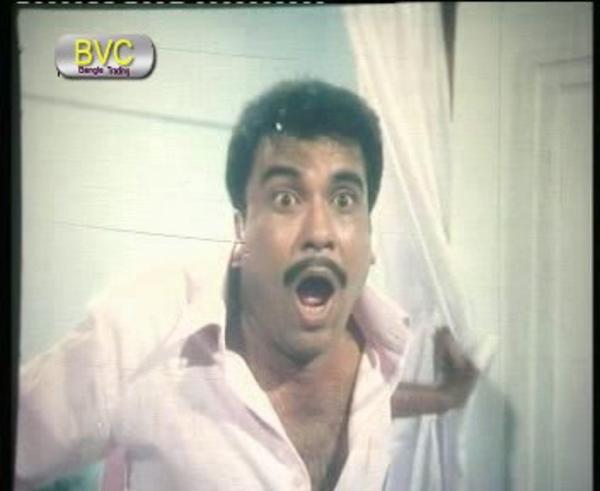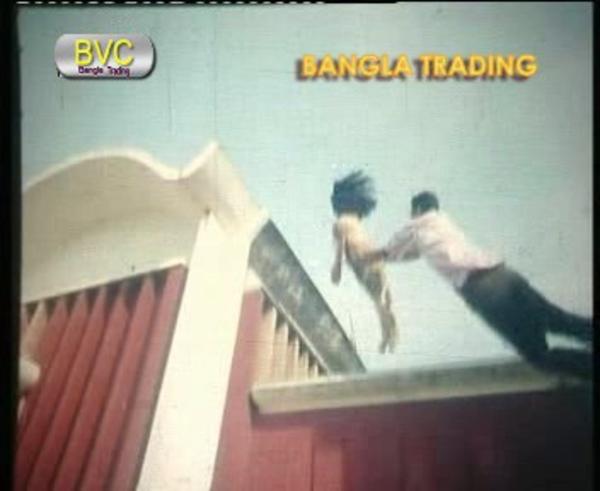Machine Man
aka Banglar Machine Man
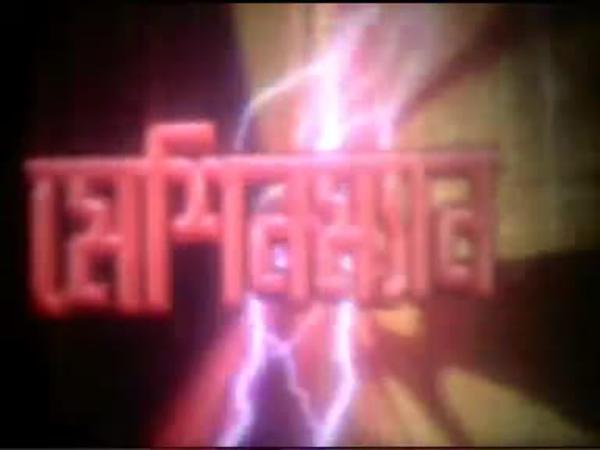
????![]()
Written by ???
Directed by ???
Bangladeshi science fiction cinema is not something you hear too much about, for two main reasons. One: there isn’t much Bangladeshi science fiction cinema. Two: what little there is, is as hard to get a hold of as the rest of non-mainstream Banglar film. Which means you are resorting to badly encoded vcds showcasing leprous prints that are seconds away from disintegrating into dust. The print of Machine Man looks like it is projected through a jar of drugged out hobo pee, and the camera randomly loses focus and frames weird. There are even two different prints on vcd, a full screen version that you can tell what is going on, and a blurrier widescreen version that shows the whole picture, but at such low resolution it’s not worth it. The joys of vcds! Heck, even recent Bangladeshi films look like they were ran over by a heard of giant apes!
Machine Man is basically a Bangladeshi version of Robocop Terminator vs Evil Robocop T-1000. The hero cop is reborn as a cyborg Machine Man that destroys crime and has occasional flashbacks to his whole family being massacred. After thoroughly trouncing the villain to near death, the villain then becomes a Bionic Man of his own, more advanced and more powerful. When these two get together, let’s just say sparks will fly. In Banglar tradition, there is a ton of crazy violence and guys yelling at each other.

What Machine Man isn’t, is original. The Machine Man dresses as Terminator right after he’s made, complete with black leather jacked and sunglasses. But all of his experiences are straight from Robocop. The prototype cyborg malfunctioning, the cop being shot up by the villains, flashbacks of his family while walking through his abandoned house, and even a few of the action scenes are completely lifted from Robocop. The villainous Bionic Man, however, is the liquid metal T-1000 from Terminator 2, complete with holes getting blow in him that heal up just fine. The fun part is seeing pop culture hijacked and transformed into a new media, and how easily it melds into Bangladeshi action cinema.
You might wonder why even bother to make these characters robots. After all, their fighting powers are hardly out of place in normal Banglar action cinema. Heck, even compared with Banglar Hero, which also stars Manna, if you were to pull random scenes without knowing which film it was from, the only real telltales would be the sunglasses and the animated sparks that occasionally are put in. The action heroes are already superhuman. Now they’ve evolved, beyond superhuman. Heroes and villains, gone hyperdrive.
Once the bionic has been installed, things get nuts. The effects are up to par with your Halloween costume from 1983, including bent pieces of sheet metal representing a character’s robot pieces. Of course, this means everything is a whole lot of fun. Machine Man has a healthy dose of action, and keeps the pace moving a long rather nicely.
As Machine Man is a rather unknown film (I can’t even pin down a year of release!), I’ll be dropping a full recap after the break, so you too can live the magic of Machine Man in the comfort of text form interspersed with images. Thanks to spending lots of time on Google, I have determined who like four cast members are. The rest are just names that could be anyone. Perhaps someone will be good enough to stop by eventually and help ID people – Mousumi, Bristi, Kazi Hayat, Shiva Shanu, Nasrin, Miju Ahmed.
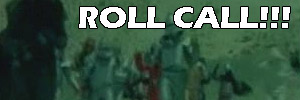
|
Continue reading


